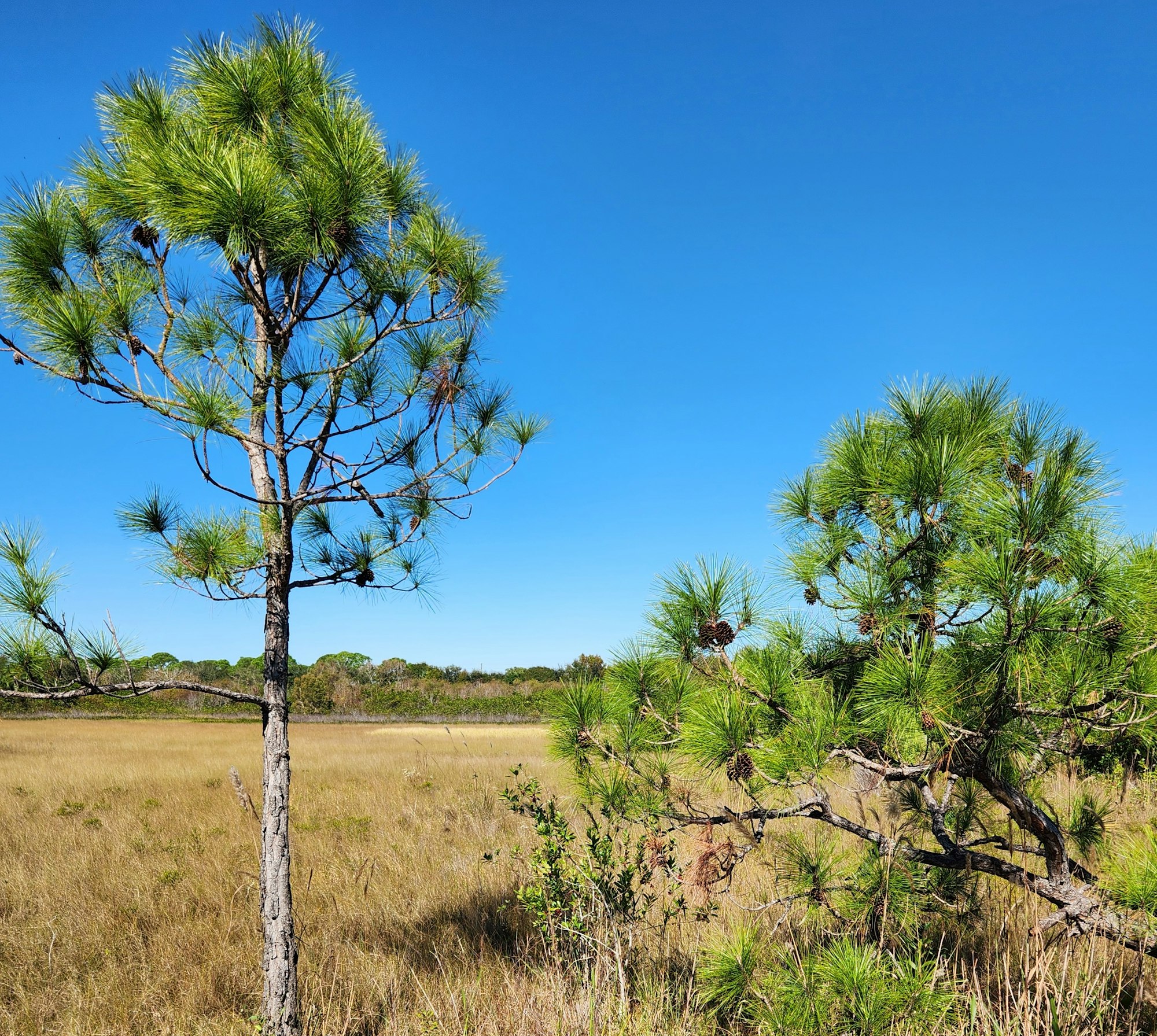Native Plants vs Non-Native (Exotic)

A native plant refers to a species occurring within the state boundaries prior to European contact, according to the best available scientific and historical documentation. Florida native plants include those species understood as indigenous, occurring in natural associations in habitats that existed prior to significant human impacts and alterations of the landscape. There are thousands of plants native to Florida, although certain plants are suitable for certain habitats and ecosystems. These habitats and ecosystems can look very different depending on their region, hydrology, topography, vegetative community, etc.
A non-native or exotic plan is a plant whose natural range does not include Florida. These species may have been introduced intentionally or accidentally. An example of an intentional non-native plant is the melaleuca tree. Melaleuca is native to Australia and New Guinea, but was introduced to Florida in the early 1900s to help with soil erosion and to drain the wetlands. The tree spreads very fast and is resilient to fire and some herbicides. They change the ecology of the area and create dense forested areas that inhibit native growth.
An invasive plant is a plant that grows so profusely that it takes over. Usually not native, though there are some natives (for example, cattails) which can take over in areas that have been altered from their natural state (for cattail, areas with stabilized water levels and excess nutrients).
Being non-native does not mean that a plant is invasive. Of the more than 20,000 plants that have been introduced to Florida, fewer than 300 are generally considered to be invasive.
If you are interested in learning more about native plants, below are links to useful sites:
https://gardeningsolutions.ifas.ufl.edu/plants/ornamentals/native-plants/
